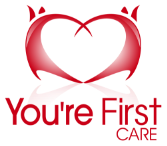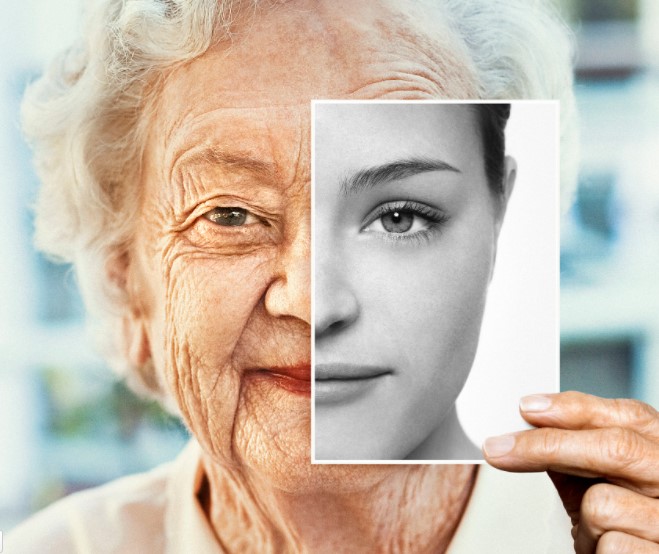Disasters! It can strike at any time and anywhere. Are you ready? Being prepared for an emergency means having many important decisions made before the disaster occurs. Preparation helps reduce the likelihood of panic and irrational thinking during critical moments. This sounds like common sense, but so many of us fail to plan. Depending on the type and scope of an emergency, it could be days before any help may reach you; or force you to evacuate your home, city, or even state. Would you know where to find a family member should you be separated?
Thinking through potentially critical decisions, planning, and working together with friends, family, and neighbors may help you make it through any number of disasters. Create a Family Disaster and Evacuation Plan.
https://www.ready.gov/make-a-plan
Make sure any venerable person in your life living alone is registered with 211 before any disaster strikes.
Get Informed
• Know what disasters could affect your area, which could call for an evacuation, and when to shelter in place.
• Keep an NOAA Weather Radio tuned to your local emergency station and, monitor TV, radio, and follow mobile alerts and mobile warnings about severe weather in your area.
• Download the FEMA app, and receive weather alerts from the National Weather Service for up to five different locations anywhere in the United States.
Here are some precautions to take to prepare your family, including elderly loved ones, for a disaster.
Learn about Potential Threats
Learn what disasters or emergencies may occur in your area. These events can range from those affecting only your family, like a home fire or medical emergency, to those affecting your entire community, such as an earthquake or hurricane, depending on your geographical location.
Locate Community Resources
Identify how local authorities will notify you during a disaster, whether through local radio, TV, or NOAA Weather Radio stations. Learn about community response plans, evacuation plans, and designated emergency shelters. Familiarize yourself with NOAA weather alerts such as watches and warnings and what actions to take in each.
Plan Escape Routes
Identify two ways to escape from every room. Practice your escape plan at least twice a year. Identify responsibilities for each member of your household and plan to work together as a team. Select a safe location away from the home where your family can meet after escaping.
Purchase escape ladders for rooms above ground level. If you see smoke or fire in your first escape route, use your second way out.
Establish a Communication Plan
Your family may not be together when disaster strikes, so plan how you will contact one another. Think about how you will communicate in different situations.
Important: prearrange with a family member or close family friend outside of the city or state to be the contact for all local family members. Should you or a loved one become displaced, you know ahead of time who to contact to let them know where you are. They can keep all others informed.
Make an Emergency Kit
You may need to survive on your own after a disaster. You can purchase a Red Cross emergency preparedness kit online or build your own. Assemble a disaster recovery kit and make sure everyone in the home knows where it is.
Emergency Kit Checklist
• Three-day supply of non-perishable food
• Three-day supply of water – one gallon of water per person, per day
• Portable, battery-powered radio or television and extra batteries
• Flashlight and extra batteries
• First aid kit
• Sanitation and hygiene items (moist towelettes and toilet paper)
• Matches in a waterproof container
• Extra clothing
• Blankets
• Basic kitchen accessories and cooking utensils
• Manual can opener
• Multi-purpose tool, such as a Swiss army knife
• Photocopies of credit and identification cards
• Cash and coins
• Special needs items, such as prescription medications, eyeglasses, contact lens solutions, and hearing aid batteries
• Cell phone with charger
• Whistle
• Extra set of car and house keys
• Pet supplies – food, water, lease, pet carrier and any medications your pet may need
For more information on building a kit:
https://www.ready.gov/build-a-kit
Maintain Your Disaster Supply Kit
Just as important as putting your supplies together is maintaining them so they are safe to use when needed. Here are some tips to keep your supplies in good condition:
• Keep canned foods in a dry place where the temperature is cool
• Store boxed food in tightly closed plastic or metal containers to protect it from pests and to extend its shelf life
• Throw out any canned items that become swollen, dented, or corroded
• Write the date on all containers you store. Use foods before they go bad and replace them with fresh supplies.
• Re-think your needs every year and update your kit as your family needs change
• Keep items in airtight plastic bags and put your entire disaster supplies kit in one or two easy-to-carry containers
Use the time change to replace all medications, foods, and water so you keep them rotated out twice a year.
Make Emergency Contact Cards
Complete an emergency contact and health card for each family member and keep the cards handy in a wallet, purse, backpack, etc. Include information about medications, adaptive equipment, blood type, allergies, immunizations, and communication difficulties, as well as emergency contact information.
Do not forget to have all important documents sealed in plastic or zip-lock bags.
BE SAFE! BE PREPARED!

